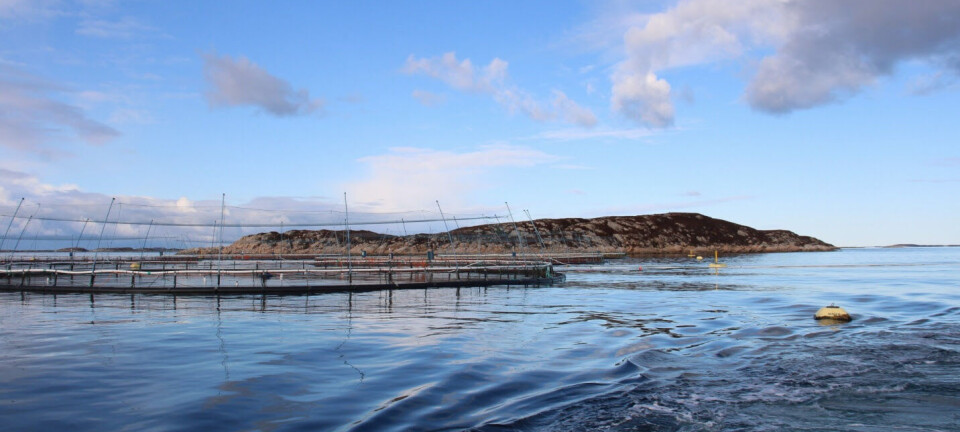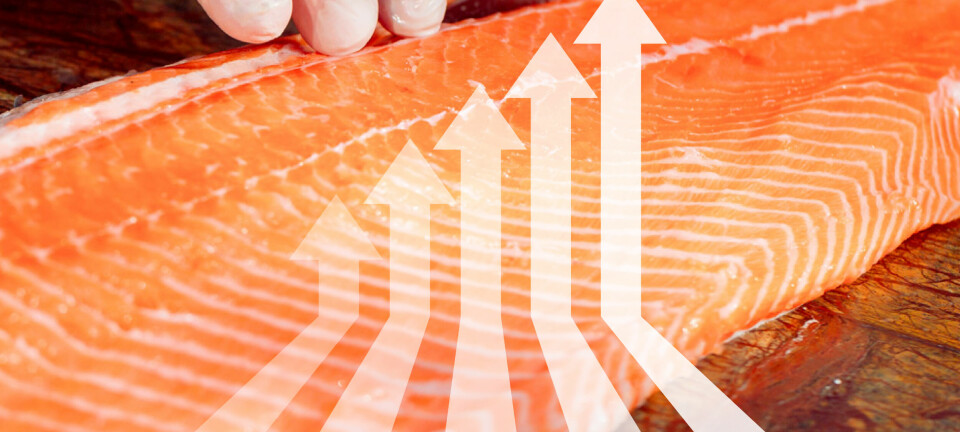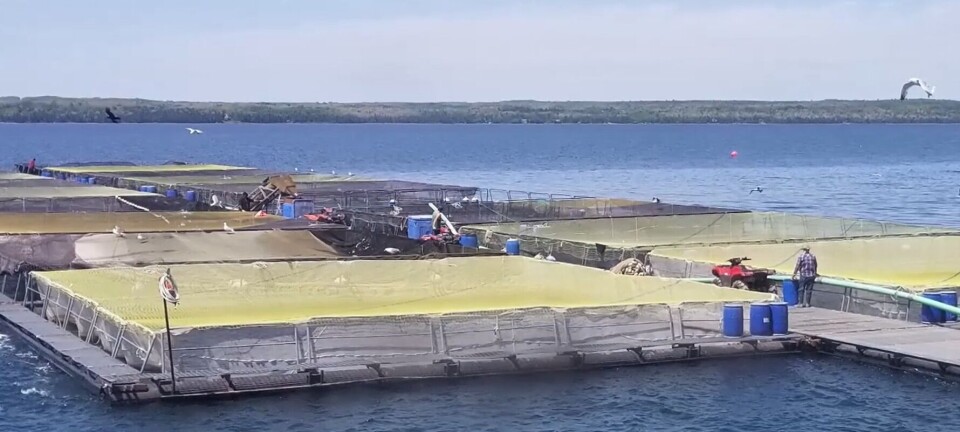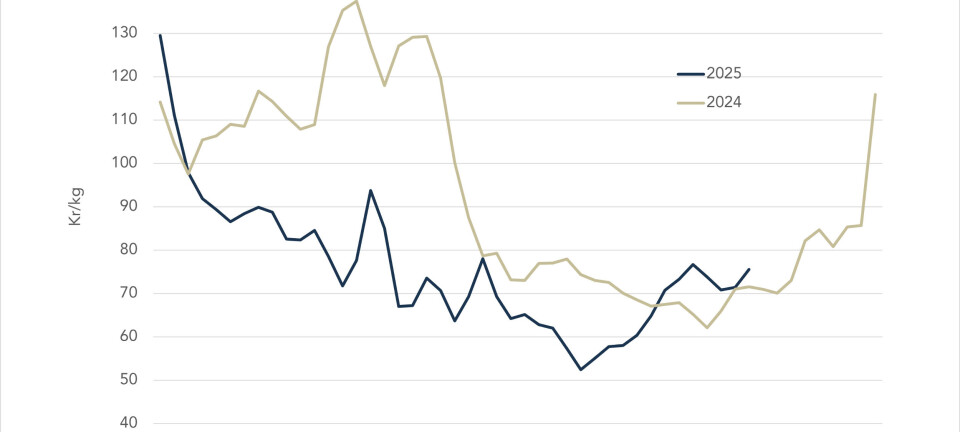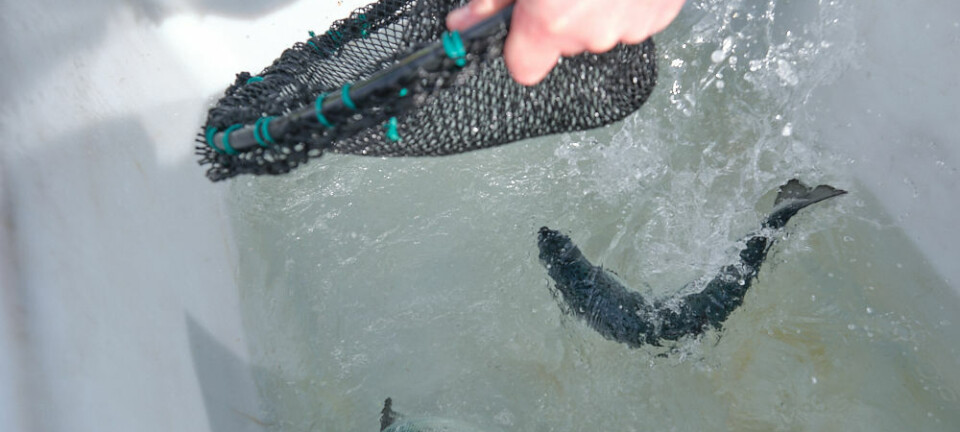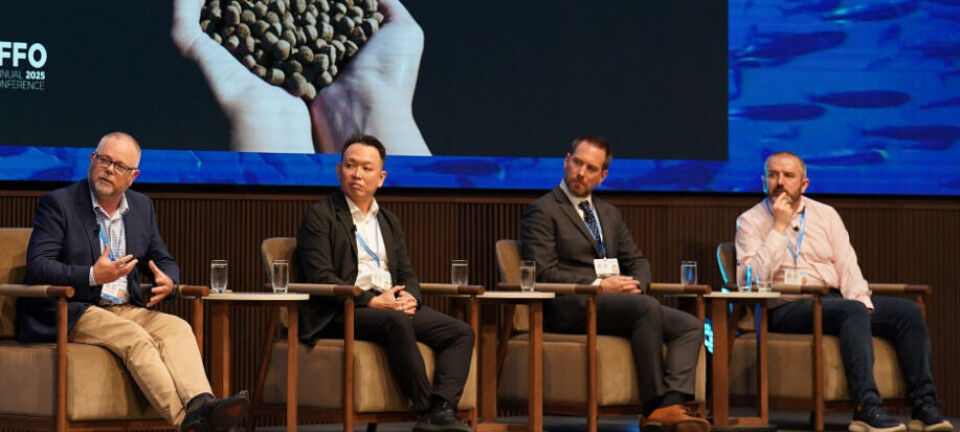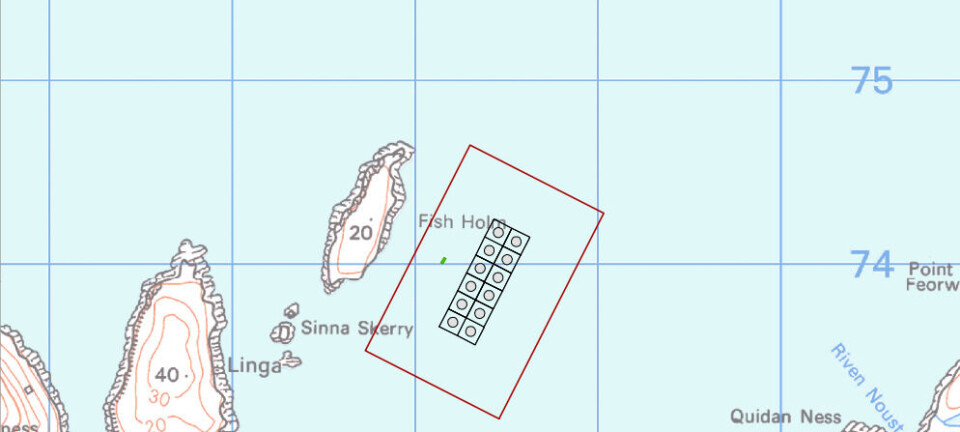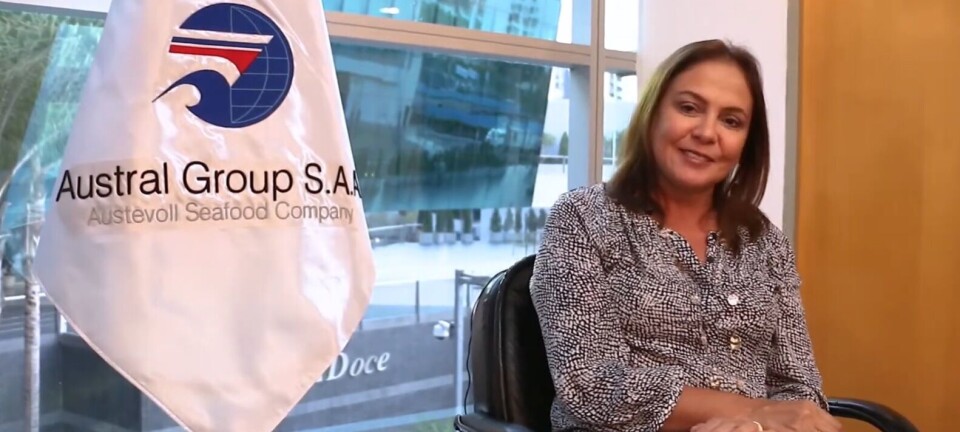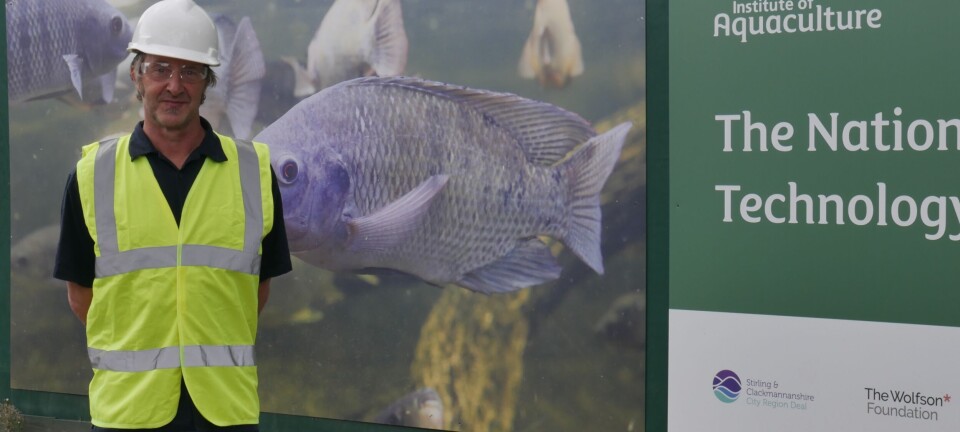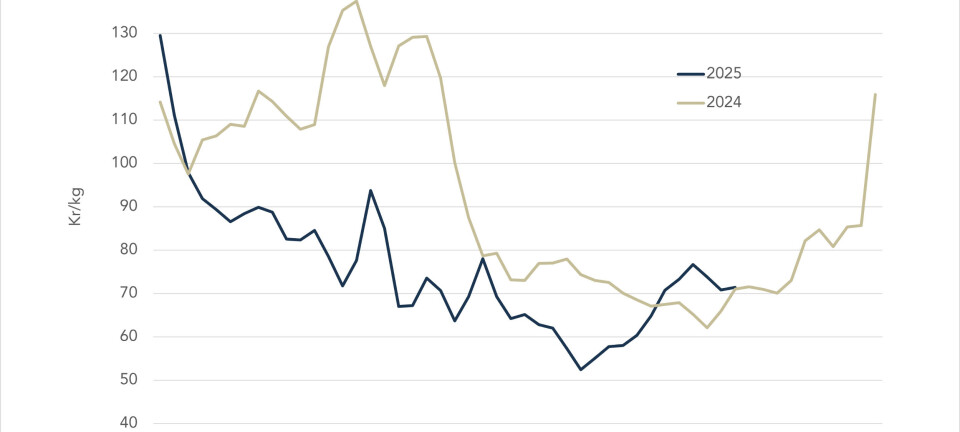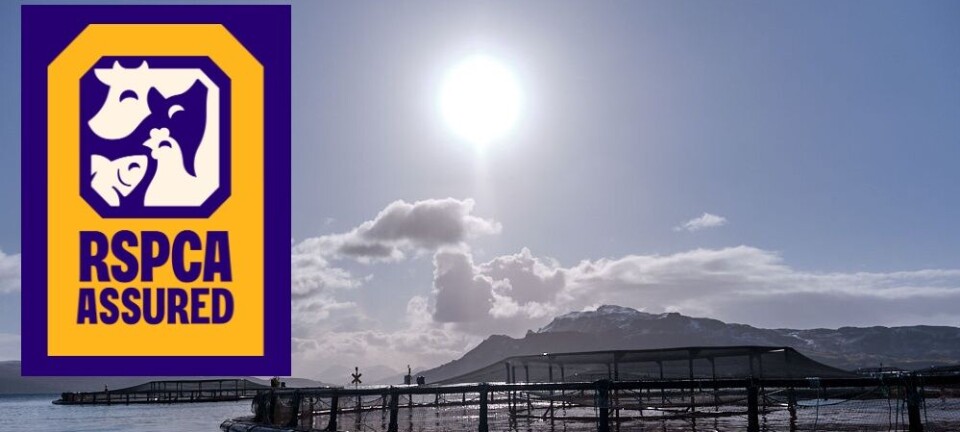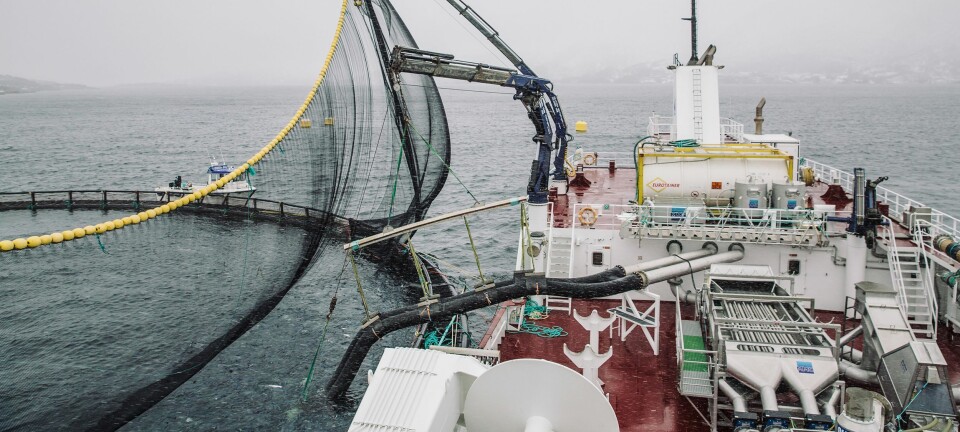
Scottish fishermen asked to help track salmon-killing jellyfish
Researchers seek early warning of where and when Apolemia will cause a threat
Fishermen in Scotland are being asked to take part in an early warning system to help Norwegian salmon farmers protect their fish from the Apolemia uvaria jellyfish, known by various names including the string of pearls jellyfish and barbed wire jellyfish.
The “Warn the Coast” campaign is part of a wider “JellySafe” project and is using animated videos to recruit fishers and other seafarers in Norway, Scotland, and the Faroes, to report jellyfish sightings on the portal dugnadforhavet.no.
Apolemia are string-like colonies of jellyfish that can be 30 metres long, and which can cause huge damage to salmon if the tide pushes them against the sides of net pens. The jellyfish strings break up and parts of the colony with nettle-like stinging cells are pushed through the net into the pen, where their stings can lead to high mortality of salmon.
"In recent years, we have had problems at several facilities in the area. We see how the fish suffer when the jellyfish get inside the cages. The fish are exposed to both skin and eye damage as a result of the jellyfish," said Benn-Levi Thomassen, operations manager for operational services at sea for Grieg Seafood in Finnmark.

This winter, researchers and farmers in Norway are testing several methods to protect the cages from jellyfish: brush walls that filter the water, electric barriers that neutralise the jellyfish stings, bubble curtains that push the jellyfish away, and lice skirts that shield the cages when the jellyfish colonies drift into the fjords.
"We have ordered several types of systems that we are now testing out. But it is important for us to get notified early so that we can prepare for the jellyfish to arrive," said Thomassen.
“For these measures to work, we need to know when and where the jellyfish are approaching the coast,” emphasised Tone Falkenhaug, senior researcher at Norway’s Institute of Marine Research and a participant in the Jellysafe project.

“All observations are important, even when you are not completely sure if it is the pearl jellyfish. The most important thing is that people submit findings so we can learn more about when and where it occurs.”
Faroes and Shetland
Falkenhaug said that the mapping so far indicates that the passage between the Faroe Islands and Shetland is one of the first areas where the jellyfish are observed.
To reach fishermen from Scotland and the Faroe Islands, the project has developed an English-language animation and one with Faroese subtitles, alongside a Norwegian-language video.
The pearl jellyfish is still poorly explored, and the need for knowledge is great, say researchers. The Norwegian Fisheries and Aquaculture Industry's Research Funding Agency (FHF) allocated a total of NOK 35 million (£2.65m at today’s exchange rate) to the JellySafe research project in 2023.
“This is an important focus area for us. The pearl jellyfish is a serious threat to fish welfare, and the project will contribute to better preparedness and increased knowledge along the coast,” said Renate Johansen, FHF's technical manager.





